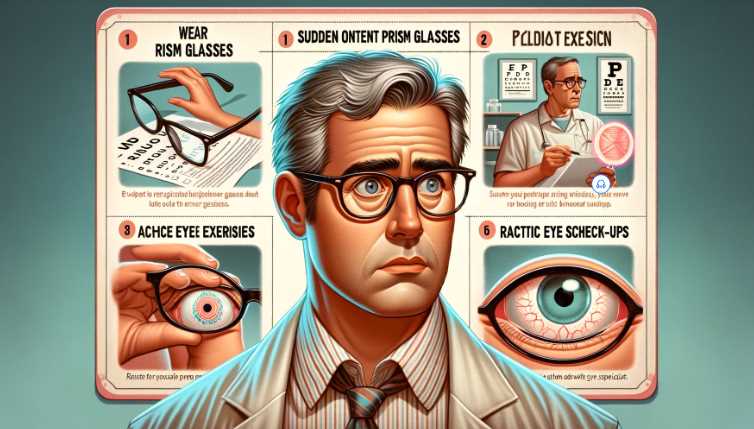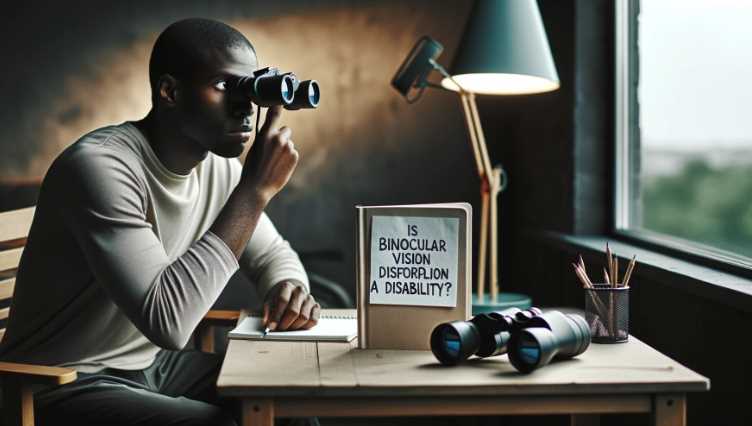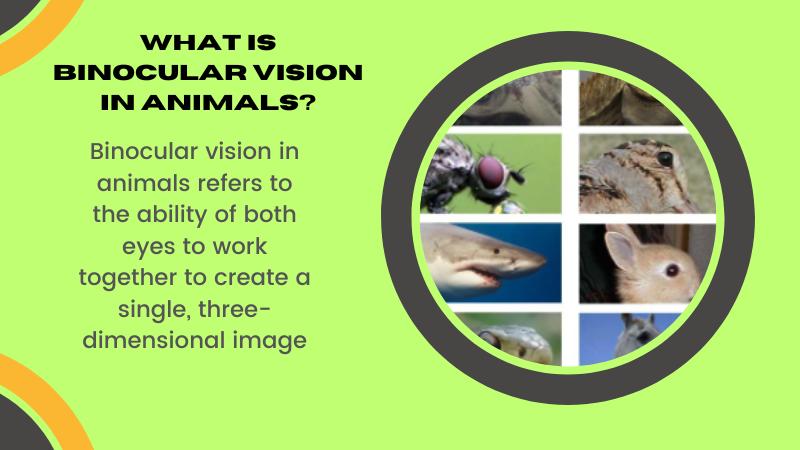Yes, binocular vision dysfunction can be considered a disability.
Binocular vision dysfunction (BVD) refers to a condition where the eyes are unable to work together properly, leading to issues with depth perception, eye coordination, and overall visual processing. While not all cases of BVD are severe, in some instances, it can significantly impact a person’s ability to perform daily activities, including reading, driving, and participating in various tasks that require accurate depth perception.
Individuals with BVD may experience symptoms such as eye strain, headaches, double vision, and difficulty focusing. These symptoms can interfere with their quality of life and may be considered a disability, especially if they substantially limit one or more major life activities.
| Aspect | Description |
|---|---|
| Definition | Binocular vision dysfunction (BVD) is a condition where the eyes struggle to coordinate, affecting depth perception and visual processing. |
| Impact on Daily Activities | BVD can interfere with tasks like reading, driving, and other activities requiring accurate depth perception, potentially limiting overall functionality. |
| Symptoms | Eye strain, headaches, double vision, and difficulty focusing are common symptoms of BVD. |
| Severity Varies | The severity of BVD varies, with some individuals experiencing mild symptoms and others facing more significant challenges that can be considered disabling. |
| Quality of Life | BVD may significantly impact the quality of life, influencing an individual’s ability to engage in routine activities and affecting overall well-being. |
| Consideration as a Disability | Depending on the severity and impact on daily life, BVD may be considered a disability, as it can limit one or more major life activities for affected individuals. |
How Does Binocular Vision Dysfunction Affect Daily Life?
Binocular Vision Dysfunction can affect various aspects of daily life. The symptoms, including double vision, headaches, and dizziness, can make tasks like reading, driving, and using electronic devices challenging. To understand the impact of BVD, consider the following table:
| Daily Activity | Impact of BVD |
|---|---|
| Reading | Difficulty focusing, eye strain |
| Driving | Impaired depth perception, potential danger |
| Computer Use | Eye fatigue, discomfort |
| Sports and Activities | Reduced coordination and performance |
Can Binocular Vision Dysfunction Qualify for Accommodations at Work or School?
While BVD itself may not be recognized as a disability, individuals experiencing significant impairment may qualify for accommodations at work or school. It is crucial to communicate with healthcare professionals and provide documentation of the condition to request appropriate accommodations. The following table outlines potential accommodations:
| Accommodation | Purpose |
|---|---|
| Modified Lighting | Reduce eye strain and discomfort |
| Flexible Work/School Hours | Accommodate fluctuating symptoms or appointments |
| Ergonomic Workspace Setup | Optimize comfort and reduce visual stress |
| Assistive Technology | Tools to aid reading or computer use |
Can Binocular Vision Dysfunction Be Improved or Treated?
Treatment for Binocular Vision Dysfunction varies depending on the severity of symptoms. Vision therapy, prescription lenses, and prism glasses are common approaches. The effectiveness of treatment also depends on individual response. Here’s a breakdown of treatment options:
| Treatment | Purpose |
|---|---|
| Vision Therapy | Exercises to improve eye coordination |
| Prescription Lenses | Corrective lenses to alleviate specific symptoms |
| Prism Glasses | Optics to redirect light and reduce strain |
Are There Legal Protections for Individuals with Binocular Vision Dysfunction?

While BVD itself may not be covered under specific disability laws, some individuals with significant impairment may be protected under broader disability rights legislation. It’s essential to understand the laws applicable in your region and consult legal professionals for advice. Here’s a brief overview:
| Legal Protection | Scope of Protection |
|---|---|
| Americans with Disabilities Act (ADA) | Protects individuals with disabilities in various contexts |
| Individuals with Disabilities Education Act (IDEA) | Ensures educational accommodations for eligible students |
Conclusion
In conclusion, the journey through Binocular Vision Dysfunction is marked by challenges, triumphs, and ongoing debates. This article aimed to unravel the complexities of BVD, from its impact on daily life to the legal and social perspectives surrounding its classification. As we navigate this unique visual landscape, let’s continue advocating for awareness and understanding, ensuring that individuals with BVD find support in a world that sometimes seems blurred.
Resources and References:
- North, R., & Henson, D. (2017). “Binocular Vision: Foundations and Applications.” Butterworth-Heinemann.
- American with Disabilities Act (ADA). (2022). “Disabilities Defined: The Difference Between ADA and Section 504.”

I am an enthusiastic student of optics, so I may be biased when I say that optics is one of the most critical fields. It doesn’t matter what type of optics you are talking about – optics for astronomy, medicine, engineering, or pleasure – all types are essential.
Table of Contents


Pingback: Is binocular vision dysfunction hereditary?